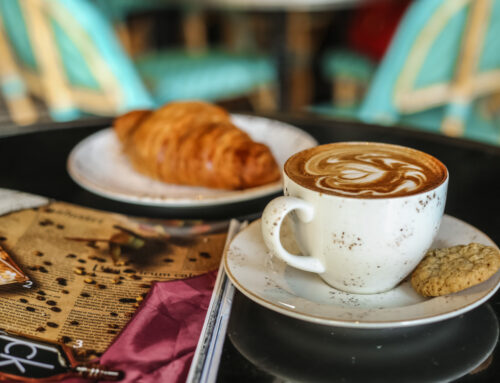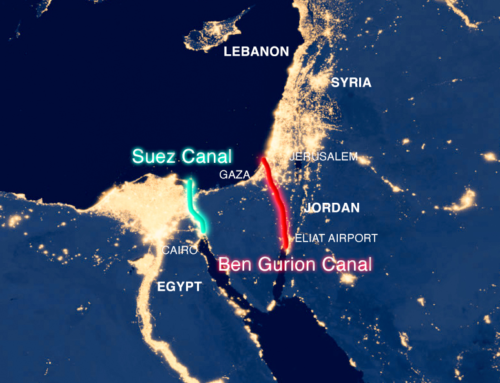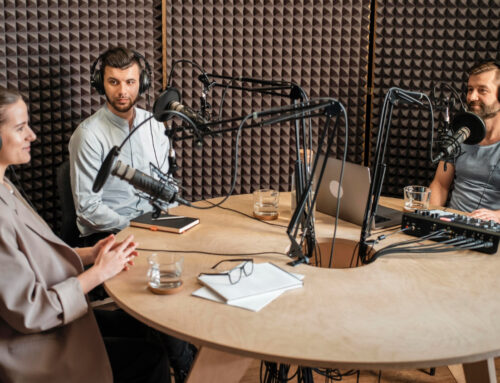Words by Jumana
From a romantic love story that launched a dynasty, to the few nights within the year witnessed through a thin veil by the ladies of the palace, Eid and all the pomp and circumstance of the occasion is splattered throughout the history of Maldives, interwoven with a graceful culture.
Many Maldivians may be familiar with a vague, child-friendly description of the story from their childhood plays in school. It takes being a grownup to see the subtle romance between Mohamed Thakurfan and his wife. Belonging to an impoverished home with a sick mother, Goyye had been working at the court of Queen Kambaa Aisa that had been set up in the island of Haa Alif Baarah by the invading Portuguese forces of Viador (Viyazoru), in the North. Seeing a more relaxed approach to Eid celebrations in the island, a bored Queen wished for one of her ladies-in-waiting to run up towards the intimidating but good looking Utheemu brothers and mark the jovial and single Hassan Thakurfaan as “Eid bolah gon”. Goyye was the only volunteer and was soon put to the task, wearing the finest adornments that the Queen could spare.

“Do not target Ali Thakurfaan as he is a married man, or Mohamed Thakurfaan either, as he is known for having a temper”, the Queen would warn. Whether flustered with the publicity of it all or confused with the brothers having their backs turned towards her, Goyye made a mistake. She jumped up and reached the shoulders of Mohamed Thakurfaan as she said “Eid bolah gon” and was swiftly lifted on his shoulders and whisked away towards the Futtaru side of the island where brutal waves beat harshly against the shore. While several ladies-in-waiting cried at the unknown fate of their brave volunteer, Mohamed Thakurfaan was threatening that Goyye will be thrown to the waves for attempting such a brazen move. Goyye was unshaken however, as she humbly requested that he return her clothes to the Queen as they do not belong to her. Whether he was struck by her bravery or ability to see through his jest, Thakurfaan proposed the marriage that day and unknowingly found his future queen.

Fast forward a generation and an heir of Mohamed Thakurfaan, Sultan Kalafaan faced an unexpected visitor from France. One of the most famous castaways long before Tom Hanks in that movie was none other than french navigator François Pyrard de Laval who mastered the language and embedded himself within Maldivian high society of the day, only to write a tell-all expose on its inner workings back in the 17th century. He spoke of the occasion in great detail and noted how the very rare sight of the King in full regalia with his court graced the streets of capital Male’ following early morning Eid prayers.

The gold threaded intricate embroidery of the royal attire would have caught the sun amid an air of excitement and anticipation of the locals and filled with the sounds of beru (drum thaalhafili (trumpet) and dhummari (horn). After the King has made his way into the palace, the qurbani (sacrifice) of a male cow is then carried out and its provisions generously distributed among those favored by the King. Noble families didn’t hold back either, with similar provisions making its way throughout several households of staff and servants that day as well.

As dusk falls and darkness descends, the usual quiet is replaced by a sense of excitement for the night’s festivities which will go on almost till dawn. Instead of sending a photo stolen from the internet adorned with the words “Eid Mubarik” on Viber and Facebook like these days, our ancestors greeted the twilight of Eid by calling on the homes of all loved ones in person and wishing them well.
The ladies of the palace too are in jitters as they ascend the balconies of the palace, hidden behind thin fabric veils to witness the King’s guard engage in what can only be explained as stage combat. The expert clash of swords and shields of Kulhijehun are punctured with a precise throw of a spear weaving deadly movements with grace as those gathered watch with bated breath while a dramatic story unfolds.

Meanwhile, the boats that sail on land take on an even more drastic turn as they engage in battle.
Massive parade floats adorned with actors dressed as foreign sailors roam the streets of the capital that night. If these ships should encounter one another however, a mighty “battle” ensues with a winner made clear before the end of the night. What does the winner take home, you ask? A special Biley Malaafaiy presented by the King is collected by the victor.
Activities are said to go on for two more nights where more familiar acts such as Bodumas Dhuvvun and traditional dances and talent showcases take place. No matter what changes the ravages of time may bring, Eid is written throughout history in the same sense of togetherness then, as is now.









Leave A Comment